Protein is a vital part of any lifestyle and is present in a variety of vegan protein sources including beans, vegetables, grains, and superfood powders. Protein important for bodily functions such as creating enzymes and hormones and is an essential building block of muscle. And no matter your diet, there is a wide range of options available to help you meet your protein goals that also provide essential vitamins and minerals.
Protein needs can vary based on weight, activity level, and total calorie intake, but for optimal health, the goal is that 20–35 percent of your total daily calories should come from protein. To help you navigate the plant-based world of protein, we’ve broken down the top vegan protein sources by category, listed ideas on how to eat them and included tips for making a switch to a plant-based lifestyle in the list and infographic below.
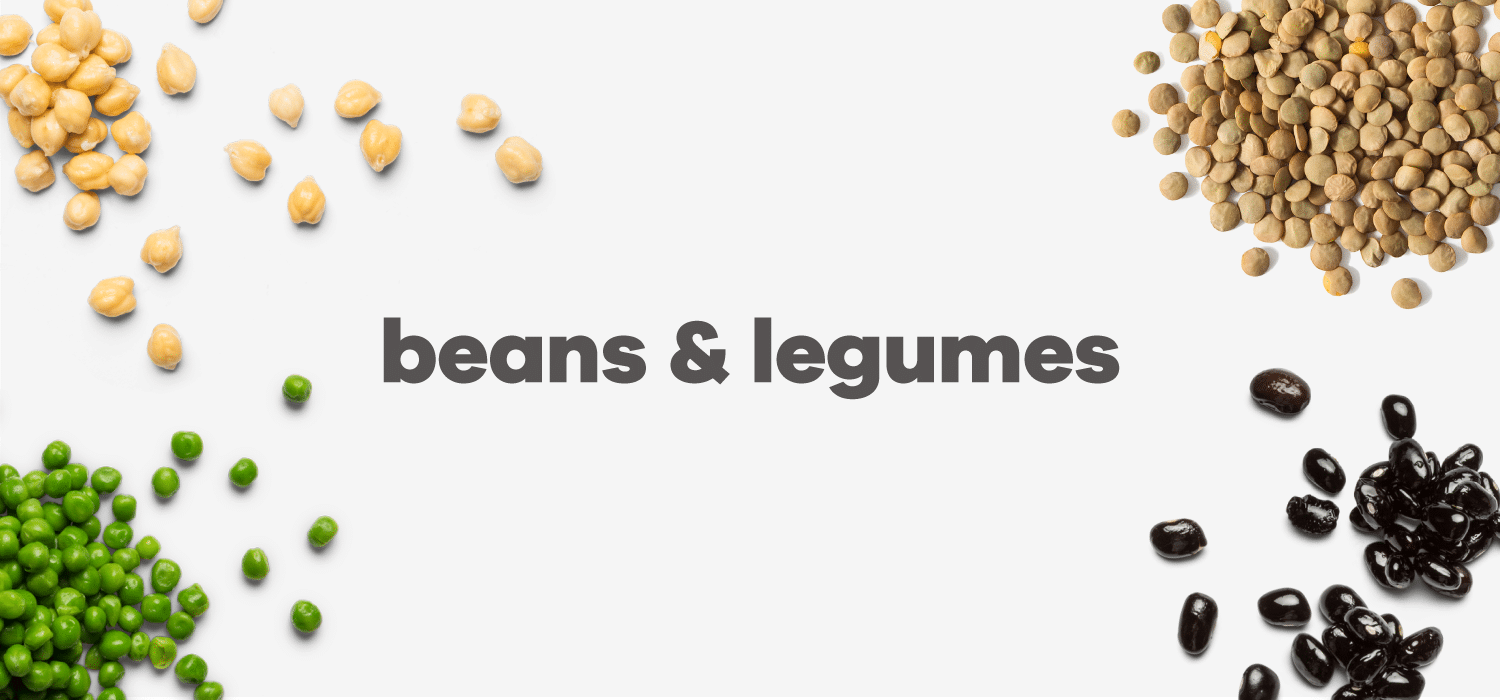
1. Black Beans
Black beans have 15 grams of protein per 1 cup serving and are a rich source of folate, which is an important B-vitamin that helps the body divide cells and create genetic material. They are also full of soluble and insoluble fiber which can help you feel fuller for longer, as well as increasing digestive regularity. Black beans also cost an average of three times less than chicken, beef or fish, making them a perfect staple in a budgeted plant-based lifestyle.
2. Chickpeas
Also known as garbanzo beans, chickpeas are a great source of protein with 14.5 grams per 1 cup serving. Chickpeas are noted to help balance blood sugar levels, reduce inflammation and promote a healthy digestive system and can be roasted and eaten alone as a quick snack, blended to make hummus or used as a salad topper to add protein, healthy carbohydrates, and fiber.
3. Kidney Beans
Kidney beans, one of the most commonly eaten legumes, are great for people with diabetes that are taking on a plant-based lifestyle. When eaten with rice, kidney beans have been shown to reduce blood sugar spikes after a meal. And outside of their balancing benefits, they also contain 15 grams of protein per 1 cup serving and contain copper, iron and vitamin B1.
4. Lentils
Lentils are mini-sized legumes that are packed with essential nutrients and 17.9 grams of protein per 1 cup serving. With over 10 types of lentils, these seeds can be used in many styles of dishes but can also be sprouted and eaten by themselves. One unique feature of lentils is that they are high in an essential amino acid called lysine, which is hard to find in many other grains and beans and is essential to muscle turnover and your body’s transportation of fat across the body.
5. Peas
Heart-healthy green peas are a great way to get more magnesium, potassium, and calcium into your diet. At 8.2 grams of protein per 1 cup serving, they are great as a stand-alone side dish or blended in with other sauces and dips and have even been shown to prevent high blood pressure.
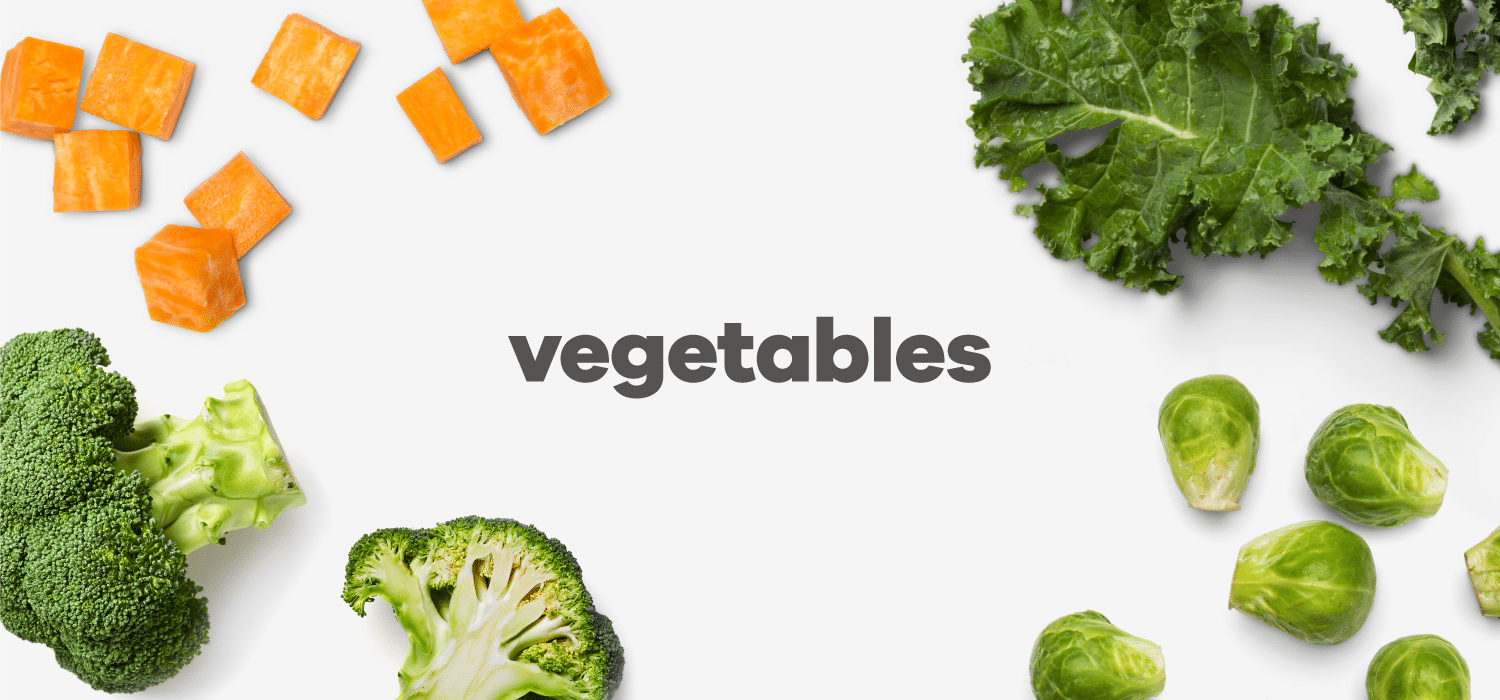
6. Broccoli
A powerhouse vegetable, broccoli is a great source of antioxidants and fiber. Although broccoli is low in carbs and calories, it does offer protein (4.2 grams per 1 cup serving). In addition, its leaves are great at absorbing spices, meaning you can easily flavor it to fit your dietary preferences.
7. Brussels Sprouts
Antioxidant-rich brussels sprouts have been said to reduce free radicals, which can lower your risk of cancer. This cruciferous vegetable is also rich in vitamin K, an essential vitamin for bone health and the formation of blood clots. And with 2 grams of protein per ½ cup serving, brussels sprouts can serve as a great side dish to help you hit the goal of 10 grams of protein per meal.
8. Kale
Kale is considered one of the most nutrient-dense foods on the planet thanks to its low-calorie count and wide range of vitamins, such as A, K, C and B6. It also offers 3 grams of protein per 1 cup serving. Kale can also lower cholesterol and reduce the risk of heart disease. Raw kale can be a bit hard to digest, so it’s best to steam, blend or massage it before eating for optimal digestion.
9. Sweet Corn
Corn is technically considered both a grain, fruit, and vegetable (although not botanically a vegetable, some still classify it as such), so it fits in multiple categories. One cup of sweet yellow corn contains around 5.4 grams of protein. Corn is great to throw in a veggie bowl or a Mexican dish for an added boost of fiber and potassium.
10. Sweet Potato
Sweeter in taste than white potatoes, a medium-sized sweet potato contains 2 grams of protein and contains more vitamin A and C than their white counterparts. Though the skin of sweet potatoes is often discarded, it’s rich in antioxidants and can be eaten along with the rest of the potato!
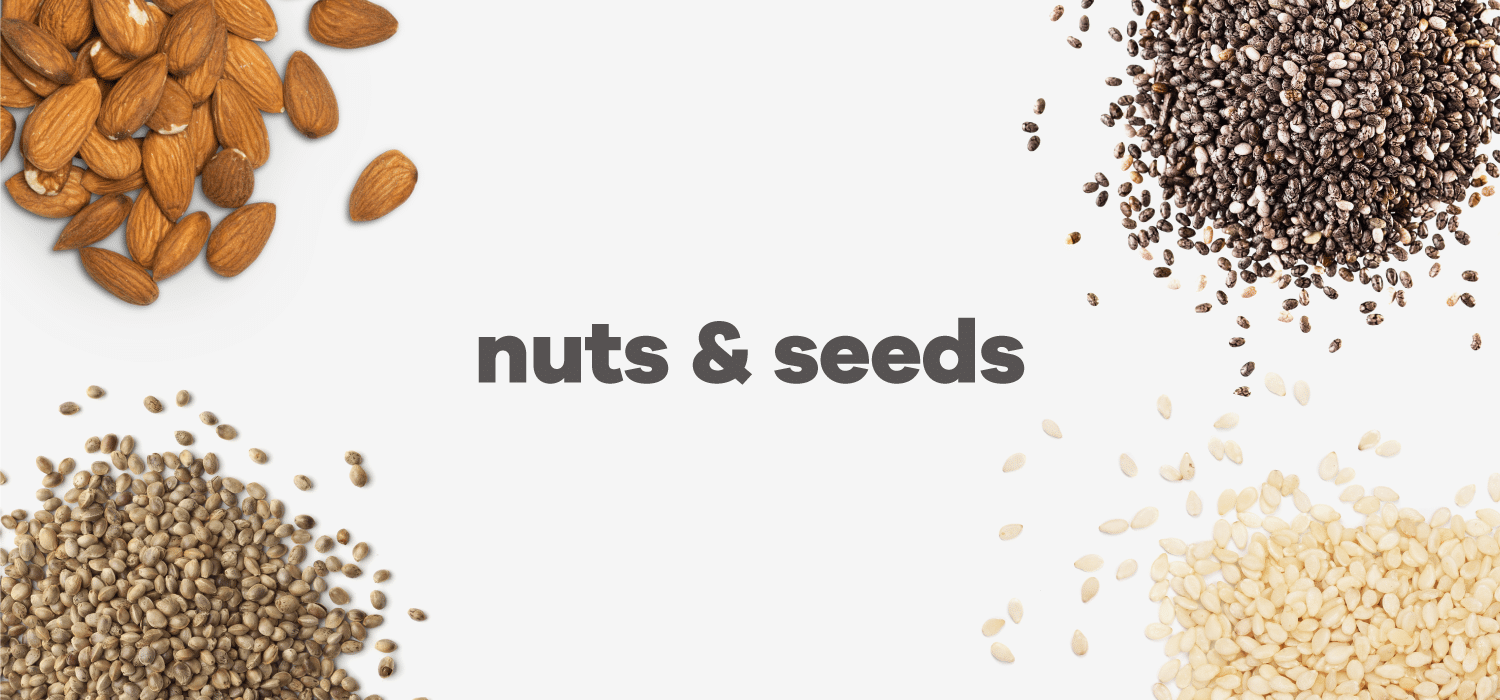
11. Almonds
Almonds are rich in healthy fats, fiber, and magnesium. They’re a great on-the-go snack or salad topper, with 7 grams of protein per ¼ cup serving size. Almond butter (look for a brand with just almonds and salt) is also a great way to add protein and healthy fat to your meal or snack.
12. Chia Seeds
Originating in Mexico and South America, chia seeds are now incorporated into diets worldwide because of their nutrient density. There are 5 grams of protein per 2 tablespoons serving size. Chia seeds are rich in antioxidants, fiber, healthy omega-3 fats, and magnesium, making them a great addition to your meal or smoothie. You can even combine them with water or nut milk to make a chia seed pudding.
13. Hemp Seeds
Hemp seeds are the seeds of the hemp plant, Cannabis sativa, but they don’t cause the same mind-altering effects as marijuana. Instead, they are an excellent source of protein with about 10 grams of protein in a 3 tablespoon serving size. Hemp seeds contain all nine essential amino acids as well as healthy fats, so they’re a great mild-flavored addition to your smoothie or meal.
14. Pumpkin Seeds
Though their name may conjure up the image of a pumpkin patch, you can enjoy nutrient-dense pumpkin seeds all year long! Roasted pumpkin seed kernels are a good source of protein with 3 grams per ¼ cup serving size (shelled), and they promote bone health with their high magnesium and vitamin K content. They also contribute a sweet, nutty flavor and chewy texture to a variety of dishes.
15. Sesame Seeds
Sesame seeds can be eaten whole or hulled. You can tell the difference between the two by their color — whole sesame seeds are light brown in color while the decorticated seeds are white. They’re fairly similar in nutritional value, containing 5 grams of protein per 3 tablespoons serving size. They’re great to throw on top of your meal or blend into a condiment like hummus.
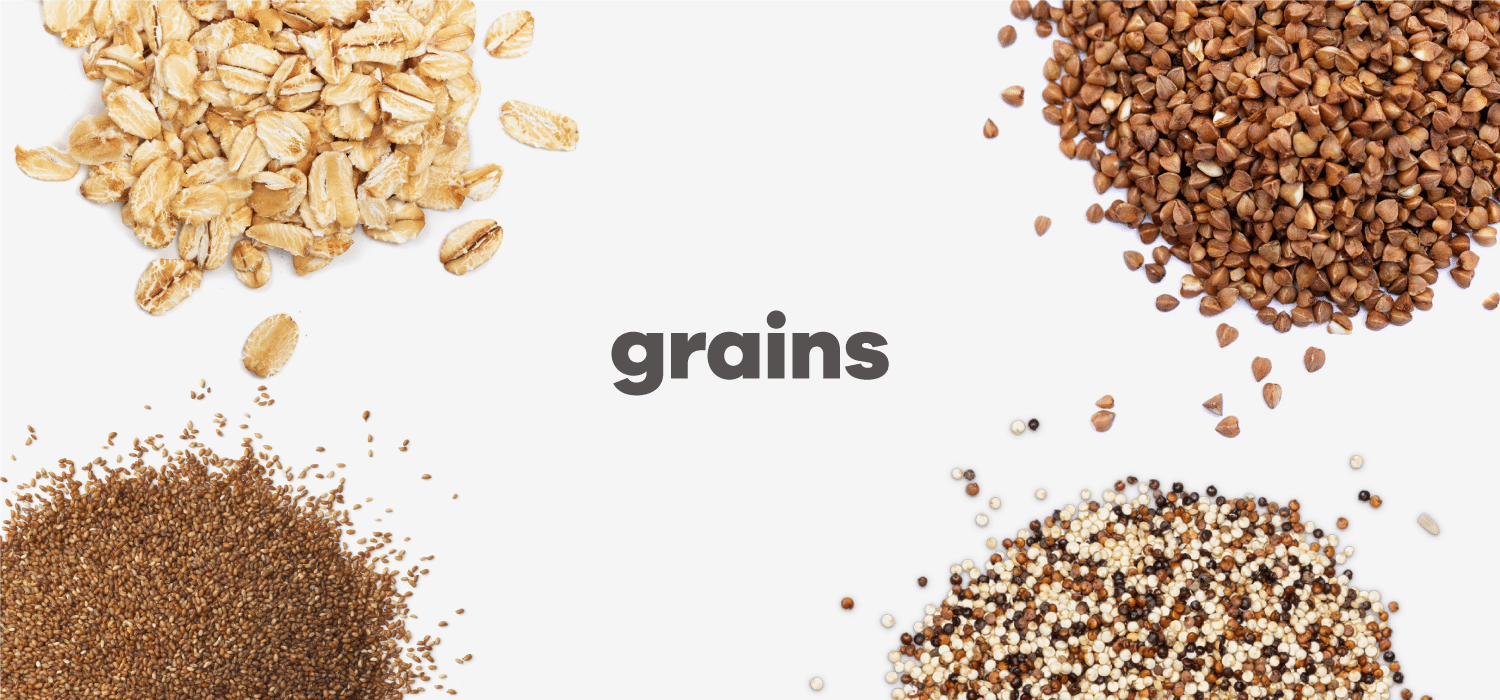
16. Buckwheat
Buckwheat (actually a gluten-free seed that doesn’t contain wheat) can be used and consumed like rice, or it can be processed into flour for healthful cooking and baking. Considered a pseudocereal, buckwheat contains about 6 grams of protein per ¼ cup serving size (dry). Buckwheat is also full of fiber, minerals, and antioxidants, and it’s been shown to improve blood sugar control.
17. Oats
Whether eaten in oatmeal or granola, oats are teeming with health benefits. In a single cup of this gluten-free whole grain, there are 6 grams of protein and 4 grams of fiber. What’s more, oats are rich in antioxidants, especially a group called avenanthramides that are thought to help lower blood pressure and produce anti-inflammatory and anti-itching effects.
18. Quinoa
Believe it or not, quinoa is actually more closely related to spinach and beets than it is to a cereal or grain, meaning it’s quite good for the body. With 8 grams of protein per every 1 cup serving (cooked), it’s rich in manganese, magnesium, and folate, making it a great nutrient-dense addition to your meal.
19. Teff
An ancient grain and edible seed, cooked teff has 10 grams of protein per 1 cup serving and is rich in fiber and iron. A staple food in Ethiopia and other regions in the Horn of Africa for centuries, the seed is commonly ground into a flour and can be used as a substitute for white flour to make a nutrient-rich bread.
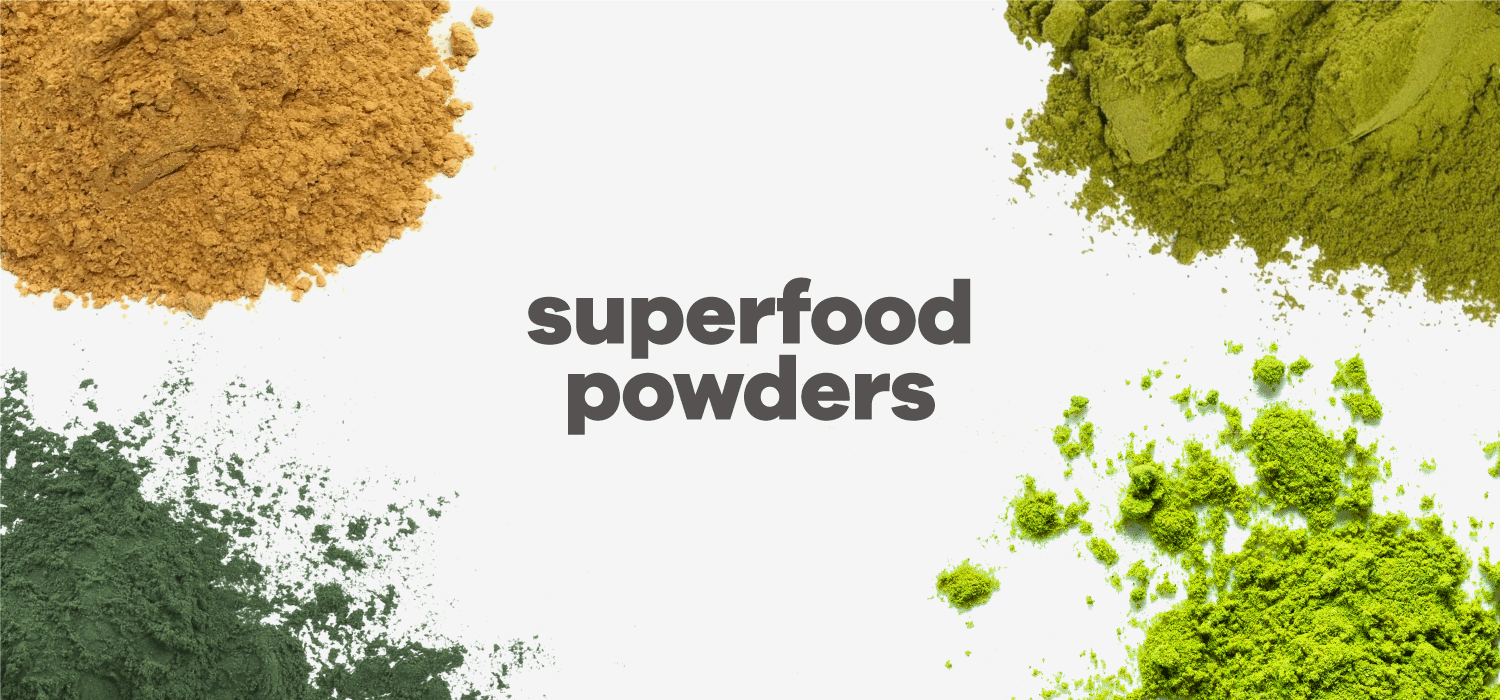
20. Wild Rice
Continuing the trend of misnomers in food, wild rice is not actually a rice but a seed. Its name comes from the fact that it appears and functions like rice, meaning it can be used in a variety of dishes. Wild rice has 7 grams of protein in every 1 cup cooked serving and is a great option for a side dish or as the base of your meal with added veggies and healthy fat (like avocado!).
21. Chaga
While this edible mushroom isn’t a significant source of protein (only a 4 percent protein content), chaga is considered one of the best antioxidant sources in the world. It’s an incredible dietary substitute for vegans and vegetarians since it provides 19 out of the 20 amino acids humans need. Even better, chaga extract has been found to stop the division of cancerous liver cells.
22. Maca
With its slightly sweet, nutty flavor and its nutrient density, maca root powder is often added to smoothies, baked goods or oatmeal bowls for a micronutrient boost. With 3 grams of protein per 1 tablespoon serving size, maca has significant amounts of vitamin C, iron and copper, maca is a great addition to your morning smoothie.
23. Matcha
Though matcha doesn’t offer much in the way of protein (.5 grams of protein per 1 tbsp serving size), it’s a potent antioxidant that you can drink as a tea or mix into dessert recipes.
24. Moringa
Leaves of the Moringa Tree are dried naturally and formed into a nutrient-dense powder. Moringa powder contains 1 gram of protein and 1 gram of fiber per 2 tsp serving. Though each portion does have these nutrients, the portion is so small that they’re not significant.
25. Spirulina
Similar to seaweed, this blue-green algae has been consumed for centuries (as a powder and now available in tablets) because of its health benefits. There are 2 grams of protein per 1 teaspoon serving. The somewhat fishy flavor associated with algae will likely go away when added to your favorite foods such as fruit smoothies and chocolate protein balls.
Benefits of Protein and Vegetables in a Well-Rounded Diet
Protein is an important part of any well-balanced diet, aiding in muscle, blood and bone development. It is also a vital part of creating enzymes and hormones that your body uses on a regular basis. No matter how you prefer to get your protein, it’s important to add a variety of sources to your diet. And once you find new protein sources that you love, you can incorporate them into your meals to make cooking a breeze. We break down everything you need to know to begin a plant-focused lifestyle in the infographic below.
The key to thriving while eating a veggie-centric diet is to ensure you’re eating a wide variety of plant protein sources. By doing that, you’ll offer your body the macro and micronutrients it needs.
Want to skip the cooking? Here at Snap, we offer plenty of delicious vegan & vegetarian meals, making a balanced veggie diet accessible to everyone.
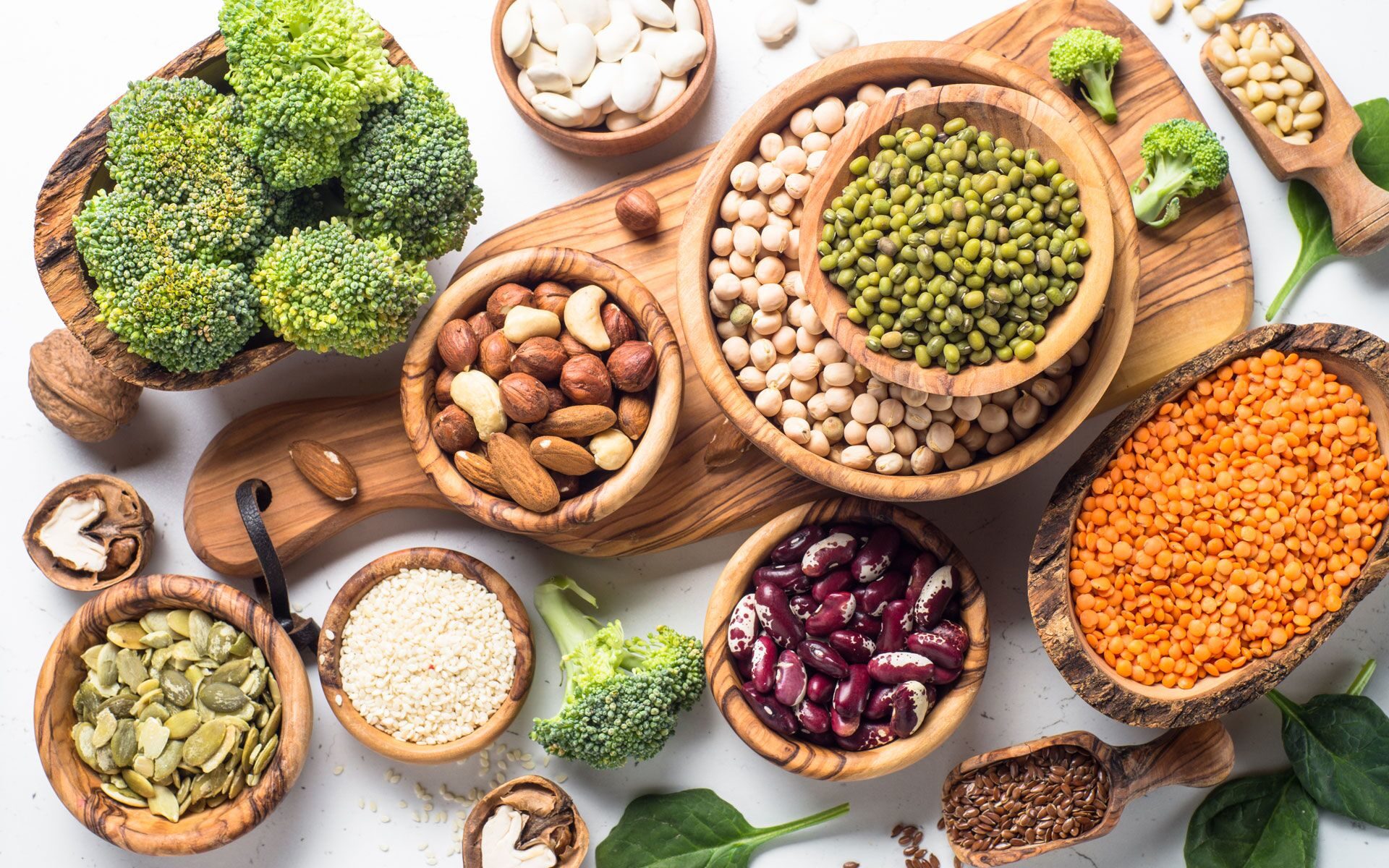

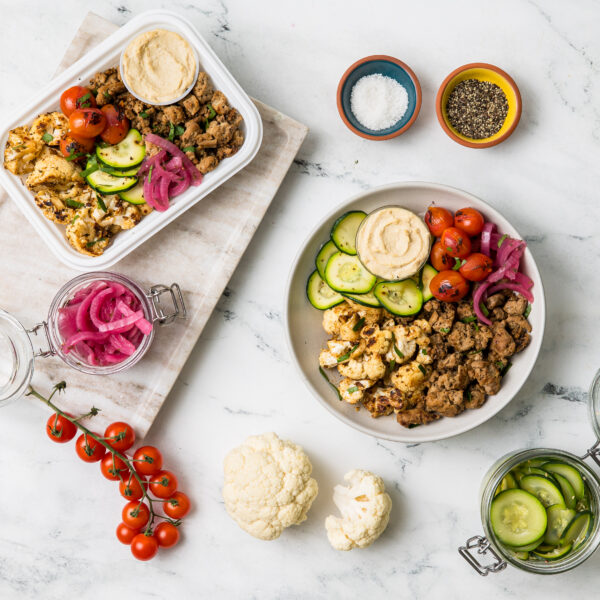


Leave a Reply
3 Comments
[…] wonderful infographic below, from Snap Kitchen, sums it up beautifully. It also has made me pretty darn hungry for a great salad with chickpeas […]
Loving the info on this website, you have done outstanding job on the content.
Amazing tips! That’s very nice to know, very good to gain some lean muscles